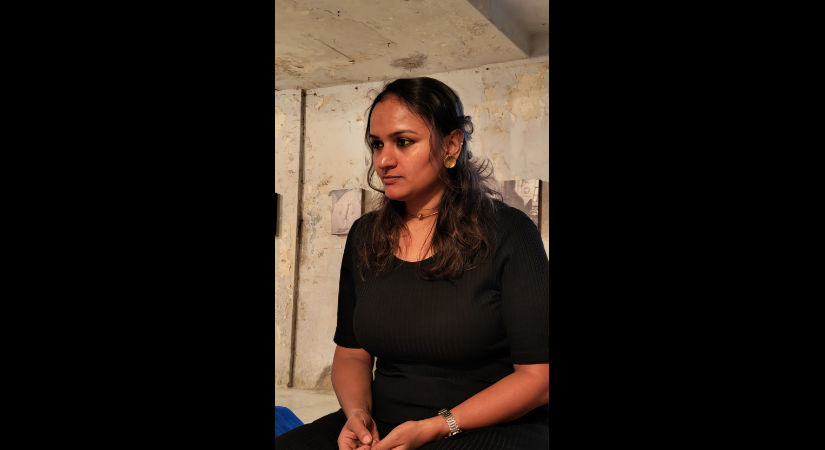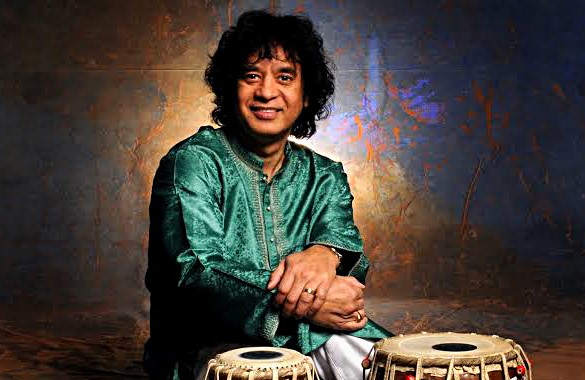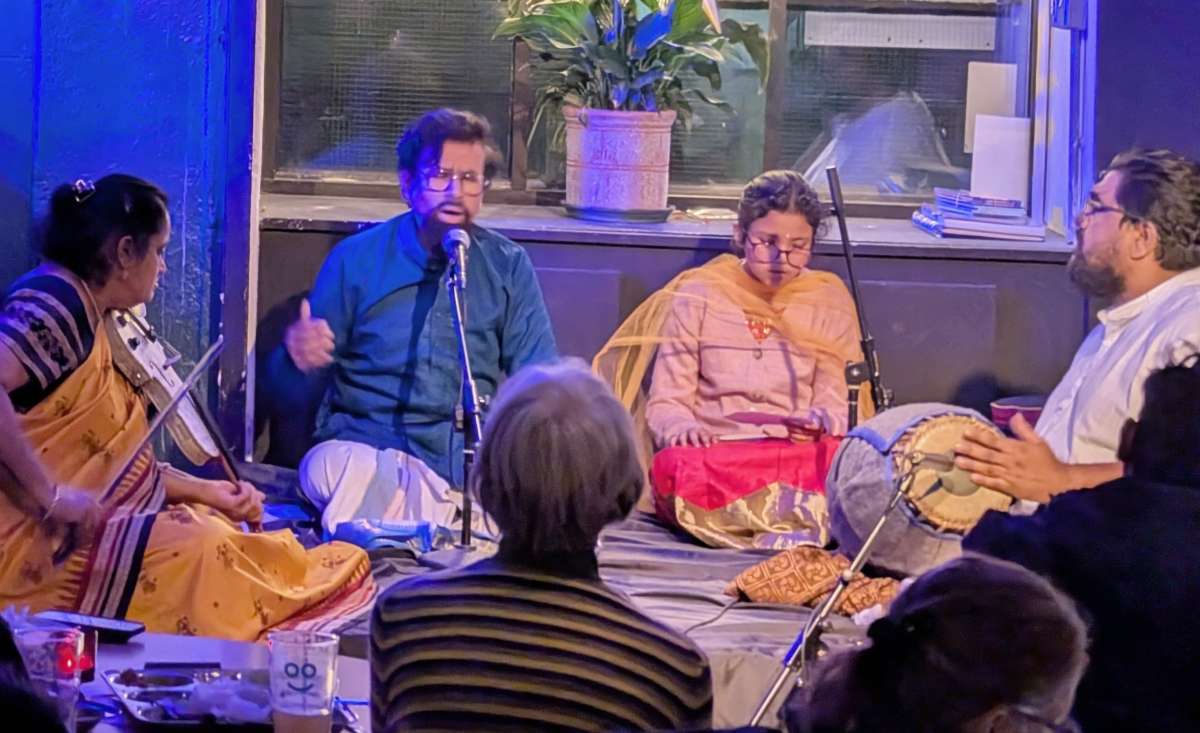From getting permission to shoot in the labour rooms to experiencing empathy — when she completely forgot about the project…reports Asian Lite News
There were times she would leave her camera aside, and hold the hand of the woman in labour. The project was not important at that moment in time.
Once, a woman she had photographed during labour almost begged her – “Give my son a name”. She was initially reluctant. However, ultimately, she named him ‘Kabir’, the name she had thought would belong to her son. The mother gave her Rs 11. Multimedia artist Komal Mistri still keeps that special money in a part of her purse.
Even as New Delhi’s Latitude 28 gallery gets set to present Baroda-based Mistry’s ‘Come With Your Own Light’ chronicling unheard voices reverberating behind the closed doors of the unhinged mechanised labour room (April 12 to June 15) where in the realm of the labour room consisting of spotlighted beds and surgery tools, lies the tale of embroidered bodies, bewildered whether to feel pleasure in pain or pain in pleasure, the artist has multiple takes on the process.
From getting permission to shoot in the labour rooms to experiencing empathy — when she completely forgot about the project.
Laying on the bed, contemplating her identity, a pregnant woman wonders about her dual and frustrated state of being, Mistri tells IANS that in the three months, she spent researching and photographing labour rooms across hospitals in Gujrat, one thing became crystal clear to her – “there were no happy moments in those enclosed spaces.” That childbirth was too “mechanised.”
She is all set to present how she conceived the complex emotions and difficult stances in women’s lives, documenting the labour room processes through interventionist photographic works and found objects.
Using them as the primary element of her work to manifest collective pain and deprivation — where bottles of blood, placentas, scissors, stretchers and machines serve as symbols of the mechanised nature and almost apathetic treatment of the labouring patients, she said: “Documenting the process of childbirth has been ritualised and considered throughout civilisations as sacred and a celebratory phenomenon.”
“But what about the unspoken narratives that mark the transformation of the woman’s body and psyche, a space marked by unpredictability, vulnerability, and trust?”
Mistri added: “The exhibit delves into the possibility of forming an archive of emotions surrounding the phase of childbirth. A vast majority of women are deprived of proper medical attention and forced to push the limits of their physical capacity to complete the process. The socio-economic conditions of rural India constantly thrust women into a gender-discriminatory struggle of enduring pain beyond their limits.”
Originally from Surat, Mistri, who decided to become a painter in grade four but was not allowed to venture out of the city for training, completed her Bachelor’s degree in Commerce and worked in the stock market for two years to save money.
She recalled: “The moment I earned enough for CN College of Fine Arts in Ahmedabad, where the fee was Rs 900 per annum, I quit my job and later joined MSU Baroda for a Master’s Degree in Painting.”
Talking about how the project was conceived, she remembers that during the first year of her diploma at CN College, she realised that the female figure had to be the centre of her work.
She said: “There was a certain attraction towards objects resonating the grey areas of memory, identity and space. I primarily relate to the identities of a woman in a domestic space where she constantly struggles to alter her personality according to her responsibilities, excluding her right to a personal space.”
Also a mother to a son, she admitted that it was tough to get access to labour rooms as the ethics committees of hospitals stressed that it was a very vulnerable space.
“And that is where Umrao Singh Sher-Gil Grant for Photography, 2020came in very handy, something which helped me to articulate my project extremely well which I could present to the committees of my views,” Mistri added.
Working on this project since 2021, she spent around eight months getting all the permissions. She smiled as she said: “While there was an initial urge to capture a happy moment in a woman’s life when she is bringing another being into this world, there is more to her than just to produce…”
Someone who witnessed 42 births in the labour room for her project, Mistri remembers that often women would ask her not to take pictures. “Their expressions would tell me that all they wanted was my hand to hold tight. And I offered that, after all that was the right thing to do. The camera was left orphaned,” she explained.
The artist, who comes from a blacksmith family, insists that elaborate research is an important part of her process.
Stressing that the process of research “completes” her, and the fascination towards found objects and memory are paramount in what she produces, she added: “In this exhibition, you will see burnt glass bangles, four hundred terracotta glasses that have been smashed and put together again, paintings, and objects that I have made….we all are trying to live again, we all are putting a point across, even if it is not being heard.”
ALSO READ-‘The Tortured Poets Department’ Album Set to Wow Fans







